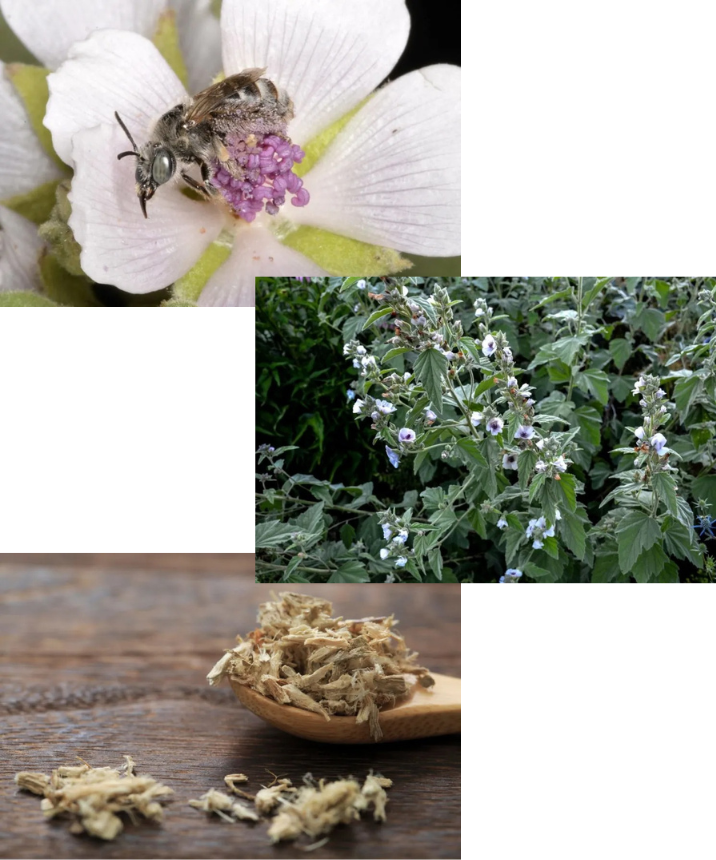Marshmallow (Althaea officinalis) is a perennial herb that has been used for centuries for its medicinal and culinary properties. It is native to Europe, Western Asia and North Africa, but can grow in many climates and soil types. If you are looking for a versatile and beautiful plant to add to your garden, here are six reasons to grow marshmallow in your yard.
1. As a Beautiful Ornamental Perennial
Marshmallow has a charming appearance, with soft, heart-shaped leaves and white or pink flowers that bloom in the summer. It can grow up to four feet tall and create a dense foliage that can fill a space with greenery and color. Marshmallow is also a great plant for privacy, sound buffering, and hiding unsightly objects in your yard, such as well covers or compost bins. It can also attract bees, butterflies, and other beneficial insects to your garden.
2. As a Valuable Medicinal Herb
Marshmallow has been used for centuries to treat various ailments, especially those related to the respiratory and digestive systems. The roots and leaves of marshmallow contain mucilage, a sticky substance that can coat and soothe irritated membranes. Marshmallow can help with sore throats, coughs, bronchitis, asthma, ulcers, gastritis, constipation, diarrhea, and more. You can make teas, tinctures, syrups, and even homemade cough drops from marshmallow.
3. As a Delicious Edible Plant
Marshmallow is not only good for your health, but also for your taste buds. Almost every part of the plant is edible, and can be used in various ways. The roots can be boiled and mashed with butter and onions, or used to make homemade marshmallows that are much more flavorful and nutritious than the store-bought ones. The flowers and leaves can be added to salads, soups, or sandwiches, or candied for desserts. The flower buds can be pickled and used as a substitute for capers.
4. As a Soil Improver
Marshmallow has a deep taproot that can penetrate and loosen compacted soil, improving its structure and drainage. It can also add organic matter and nutrients to the soil, as well as prevent erosion and weed growth. Marshmallow is a good companion plant for many crops, such as tomatoes, potatoes, beans, and peas, as it can enhance their growth and yield.
5. As a Dye Plant
Marshmallow can also be used to make natural dyes for fabrics, yarns, and paper. The roots can produce a beige or yellow dye, while the flowers can produce a pink or purple dye. You can also experiment with different mordants, such as vinegar, alum, or iron, to change the color and intensity of the dye. Marshmallow dye is eco-friendly and safe to use, unlike some synthetic dyes that can be harmful to the environment and your health.
6. As a Fun and Educational Project
Growing marshmallow in your yard can be a fun and educational project for you and your family. You can learn about the history, botany, and uses of this amazing plant, and enjoy its beauty and benefits throughout the year. You can also share your harvest and products with your friends and neighbors, and spread the word about this wonderful herb.
I hope you liked this article. Please note that this is not a professional or medical advice, and you should always consult your doctor before using any herbal remedies.
